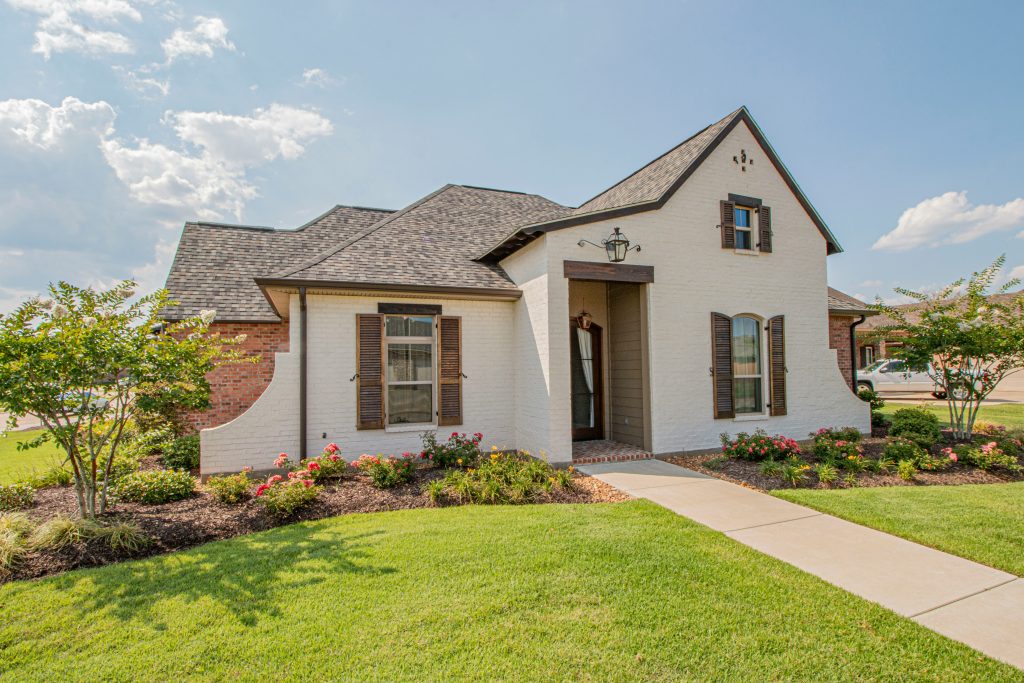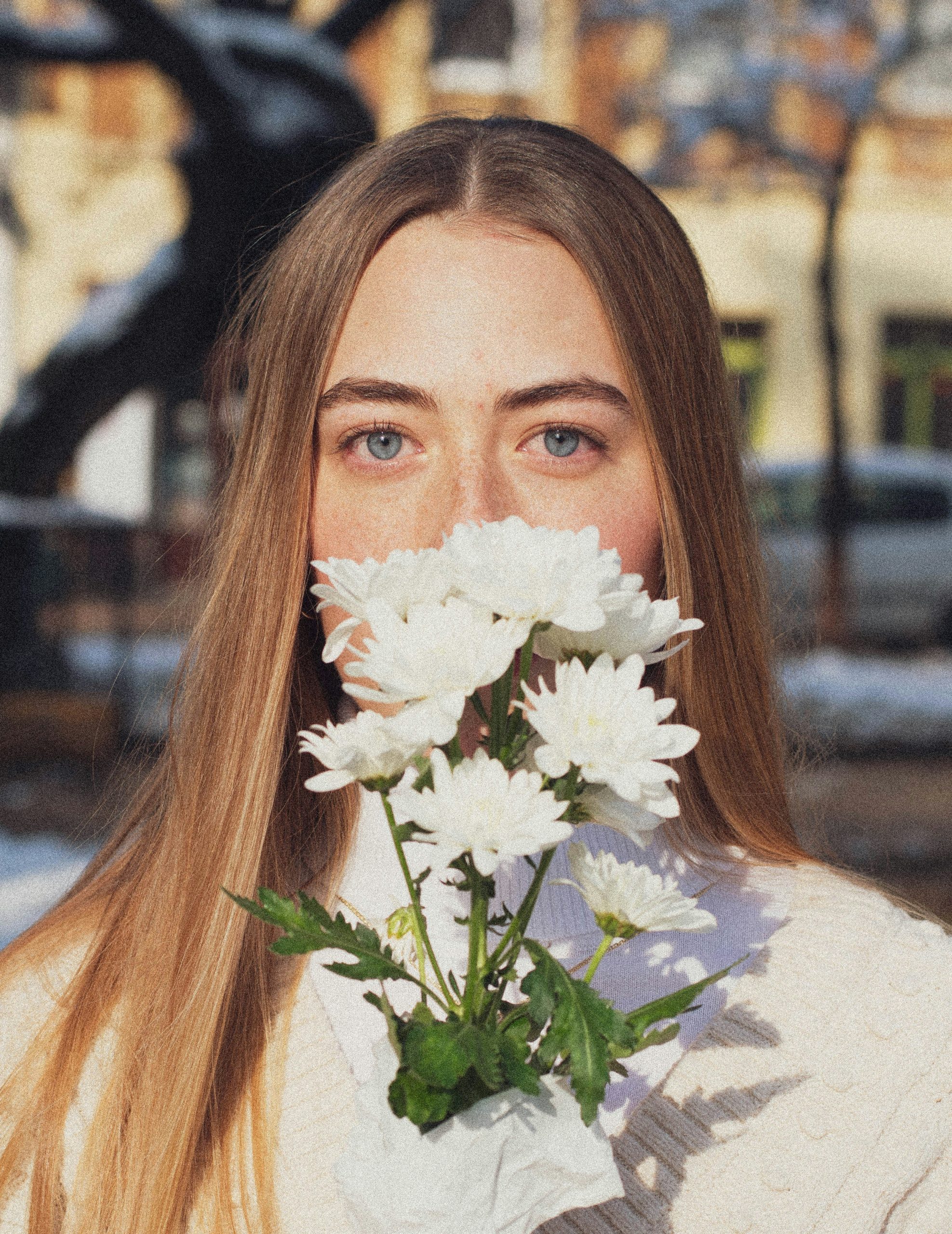Designing Outdoor Spaces with Mulch: A Guide toCreative Landscaping
Photo by Ronnie George on Unsplash
Imagine stepping into your backyard and feeling a sense of tranquility and charm—a space that reflects not only the beauty of nature but also your unique personality. Outdoor spaces hold immense potential for relaxation, gathering, and creative expression. Yet, many of these spaces often go underutilized, leaving homeowners searching for affordable yet impactful ways to revitalize them.
Years ago, I found myself staring at a barren, uninspiring yard, overwhelmed by the choices to create a warm, inviting space. Then, I discovered the transformative power of mulch—not just as a functional element but as a versatile tool for designing eye-catching landscapes. Mulch has a unique way of combining aesthetic appeal with practical benefits, allowing homeowners to create outdoor areas that feel like an extension of their home.
When you invest in the right design choices, even the simplest materials can produce extraordinary results. Mulch comes in various textures, colors, and types, each capable of enhancing pathways, flower beds, and even play areas. Whether you’re envisioning a sleek modern garden or a cozy cottage retreat, mulch provides the perfect foundation for creativity.
By integrating mulch into your landscaping plans, you can elevate the look of your outdoor space while simultaneously improving soil health and reducing maintenance time. Let’s explore how to design outdoor spaces with mulch and unlock the hidden potential of your yard.
Understanding Mulch in Landscaping
Mulch is often thought of as a gardening staple, but it’s much more than just a practical tool. At its core, mulch is any material spread over the soil surface to enhance its quality, conserve moisture, and regulate temperature. It comes in a variety of forms, including organic options like wood chips, bark, and straw, as well as inorganic choices like gravel and rubber mulch. Beyond its functional uses, mulch can also play a significant role in the aesthetic design of your outdoor spaces.
Why Mulch Matters for Landscaping
Mulch offers a host of benefits that go far beyond its reputation for weed control. By protecting the soil from erosion, retaining moisture, and regulating temperature, it creates an environment where plants can thrive. Mulch also reduces the need for frequent watering, aligning with eco-conscious gardening practices.
On a visual level, mulch acts as a natural canvas that ties together various elements in your landscape. Whether it’s outlining a flower bed, creating defined pathways, or adding a rich contrast to greenery, mulch can elevate the overall design of your outdoor space. Its versatility makes it a perfect choice for homeowners who want to blend functionality with artistic flair.
In short, mulch is more than a gardening material—it’s an essential element in creative landscaping, offering endless opportunities to transform your yard into a beautiful, sustainable oasis.
Creative Uses of Mulch in Outdoor Spaces
Mulch is more than just a protective layer for soil—it’s a versatile design tool that can elevate the look and feel of your outdoor spaces. By thinking beyond its functional benefits, you can use mulch to create visually appealing and practical features that enhance your landscape’s overall aesthetic. Here are some creative ways to incorporate mulch into your outdoor designs.
Pathways and Walkways
Mulch is an excellent material for creating rustic and natural-looking pathways. Its soft texture makes it comfortable to walk on while blending seamlessly into the surrounding environment. To design a mulch pathway:
- Use edging materials like stones, wood, or bricks to define the borders.
- Choose a durable mulch type, such as cedar or bark chips, to withstand foot traffic.
- Lay a weed barrier beneath the mulch for easy maintenance.
A well-designed mulch pathway can guide guests through your garden, creating a sense of flow and structure. For more ideas on enhancing your garden’s functionality and beauty, consider exploring How to Make the Most Of Your Garden.
Decorative Borders
Mulch can serve as an attractive border around flower beds, trees, or shrubs. By framing these areas, mulch provides a clean and polished look while preventing weeds from encroaching on your plants. To enhance durability and keep mulch neatly contained, incorporating gravel border edging can be an excellent choice. It prevents material displacement and blends seamlessly with different landscaping styles. For added visual interest, pair the mulch with colorful plants, garden sculptures, or contrasting textures like gravel or small stones.
Outdoor Living Areas
Incorporate mulch into seating areas or Zen gardens to achieve a cozy and natural vibe. Mulch works well beneath garden furniture, reducing maintenance by suppressing weeds and providing a soft, stable ground cover. For a Zen-inspired design, combine mulch with features like smooth stones, bamboo accents, and low-maintenance greenery.
Themed Landscaping Projects
Mulch is a versatile medium for bringing themed garden ideas to life. Whether you’re creating a whimsical fairy garden, a minimalist modern landscape, or a woodland retreat, mulch can tie the design together. For instance:
- Use dark mulch to contrast with light-colored flowers for a striking effect.
- Opt for lighter mulch shades to brighten shady areas or small spaces.
- Mix mulch with natural elements like logs, stones, or moss to emphasize the theme.
By using mulch creatively, you can transform ordinary outdoor spaces into unique, functional, and visually stunning landscapes. With just a bit of imagination, mulch becomes more than a gardening tool—it becomes a key design element in your landscaping vision.
Choosing the Right Mulch for Your Design
Selecting the appropriate mulch is crucial for achieving both the aesthetic and functional goals of your outdoor space. The choice depends on factors such as climate, garden type, and desired appearance. Here’s a guide to help you make an informed decision.
Factors to Consider
- Climate: In warmer regions, lighter-colored mulches can help keep the soil cool, while darker mulches absorb heat, benefiting plants in cooler climates.
- Garden Type: Vegetable gardens may benefit from organic mulches that enrich the soil, whereas ornamental gardens might prioritize appearance and weed suppression.
- Aesthetic Goals: The color and texture of the mulch should complement your overall landscape design. For instance, dark mulches can make bright flowers stand out, while lighter mulches can brighten shaded areas.
Popular Mulch Types for Landscaping
- Premium Bark Mulch: Fine-textured and dark brown, this mulch is nearly 100% hardwood bark aged for color. It’s excellent for weed control, moisture retention, and adding natural nutrients to the soil.
- Colonial Black Mulch: A double-ground hardwood mulch dyed black for long-lasting color. It breaks down slowly, making it suitable for areas where you want enduring aesthetics.
- Coffee Brown Mulch: Similar to Colonial Black but dyed brown, offering a rich, warm hue that complements various plantings.
- Beauty Bark Mulch: A fine-textured, dyed black mulch made from nearly 100% hardwood bark aged and then dyed. It’s ideal for those seeking a deep, consistent color.
- Playground Cover: A wood fiber product with larger pieces, perfect for playgrounds, walking trails, and picnic areas due to its cushioning properties.
- Nature Blend Mulch: Light to medium brown, this mulch is excellent for wooded landscapes, ground cover, or erosion control.
- Wood Chips: Medium shredded mulch ranging from dark to light brown, suitable for natural-looking landscapes.
- Mushroom Mulch: A compost mixture of straw, horse manure, and other organic materials, providing excellent nutrient and pH value for any soil.
If you’re looking for convenient options, a quick “mulch delivery near me” search can help you find a variety of mulch types suited to your landscaping needs.
Practical Tips for Selection and Application
- Layer Thickness: Apply mulch to a depth of 2–4 inches to effectively suppress weeds and retain moisture.
- Coverage Tips: Ensure even distribution, keeping mulch a few inches away from plant stems to prevent rot.
- Avoiding Common Mistakes: Refrain from piling mulch against tree trunks (a practice known as “volcano mulching”) and avoid over-mulching, which can suffocate plant roots.
By thoughtfully selecting and applying the right mulch, you can enhance the beauty and health of your outdoor spaces, creating a harmonious and inviting environment.
Maintenance Tips for Mulched Outdoor Spaces
A well-maintained layer of mulch not only keeps your landscape looking polished but also ensures its functional benefits last throughout the seasons. While mulch is relatively low-maintenance, taking a few proactive steps can significantly enhance its longevity and effectiveness.
Refresh Mulch Annually
Over time, organic mulch breaks down and enriches the soil, which is beneficial for plant health but reduces its weed-suppressing and moisture-retaining properties. Plan to add a fresh layer of mulch once a year, typically in early spring, to maintain optimal coverage and appearance.
Rake and Fluff Periodically
Mulch can compact over time due to weather and foot traffic. Raking it lightly helps aerate the material, preventing it from forming a dense layer that can block water and air from reaching the soil. Fluffing also gives the mulch a fresher appearance.
Monitor for Weeds
While mulch is an excellent weed suppressant, occasional weeds may still sprout. Remove them promptly to prevent them from spreading. Consider using a weed barrier fabric beneath the mulch in high-maintenance areas for added protection.
Check Mulch Depth Regularly
Ensure the mulch remains at an ideal depth of 2–4 inches. Too little mulch may not provide sufficient weed control or moisture retention, while too much can suffocate plant roots and encourage pests.
Edge Mulch Areas for a Clean Look
Use a spade or edging tool to maintain clean borders between mulched areas and grass or pathways. Defined edges prevent mulch from spilling over and help maintain a tidy appearance.
Inspect After Heavy Rain or Wind
Severe weather can displace mulch, exposing the soil and roots beneath. After a storm, redistribute the mulch evenly to keep your landscaping protected. For tips on managing stormwater runoff and protecting your garden during heavy rains, consult a reputable guide on green infrastructure practices.
By incorporating these simple maintenance practices into your gardening routine, you can ensure that your mulched outdoor spaces remain vibrant, functional, and visually appealing year-round. Regular care not only extends the life of your mulch but also enhances the overall health and beauty of your landscape.
Transform Your Outdoor Spaces with Mulch
Mulch is more than a gardening tool—it’s a versatile design element that can elevate your outdoor spaces, blending beauty with functionality. From defining pathways and creating decorative borders to enhancing soil health and promoting sustainability, mulch offers endless possibilities for creative landscaping.
By understanding how to choose the right mulch for your needs, exploring innovative design applications, and committing to regular maintenance, you can create an outdoor environment that is not only visually stunning but also supports the health of your plants and the ecosystem.
Whether you’re just starting with a simple mulch border or embarking on a full landscaping project, let mulch be your foundation for transforming your yard into a sanctuary of natural beauty and purpose. With the right approach, your outdoor space can become a reflection of your creativity and a haven for relaxation and inspiration.






